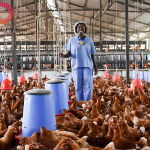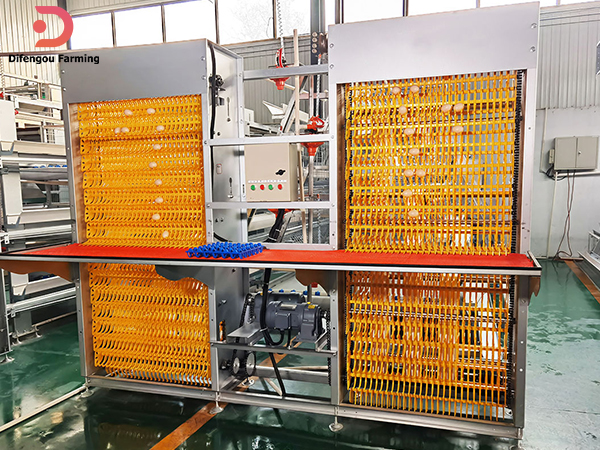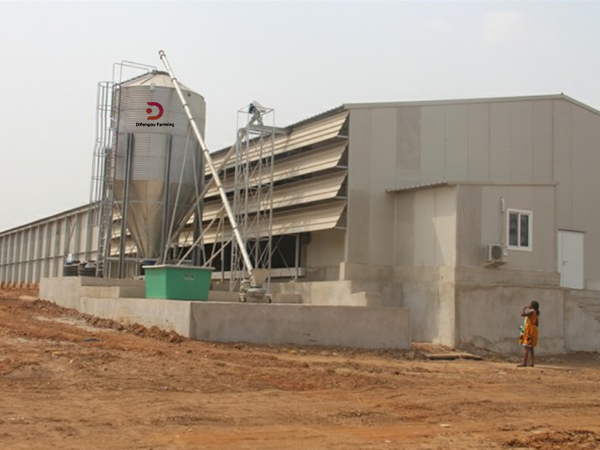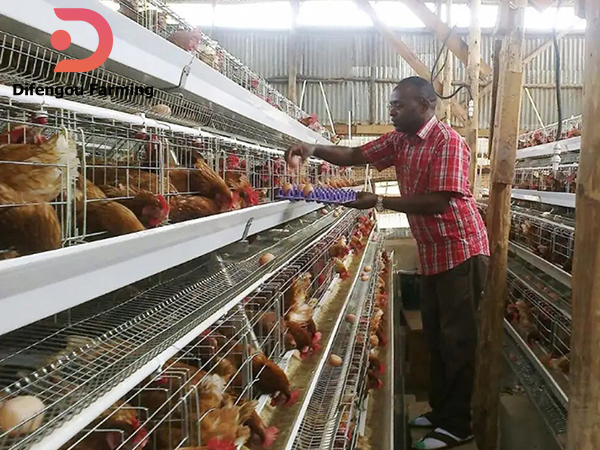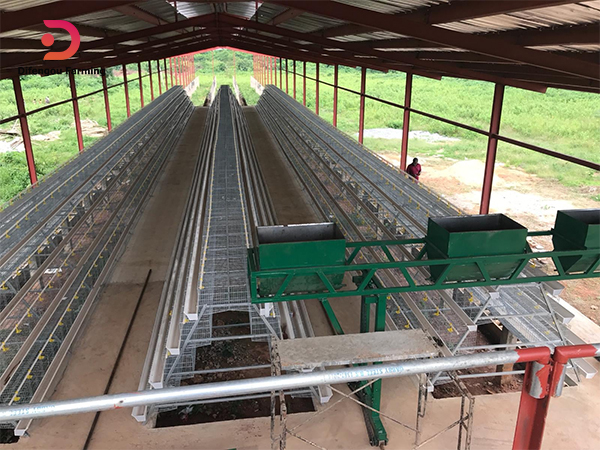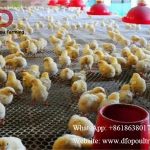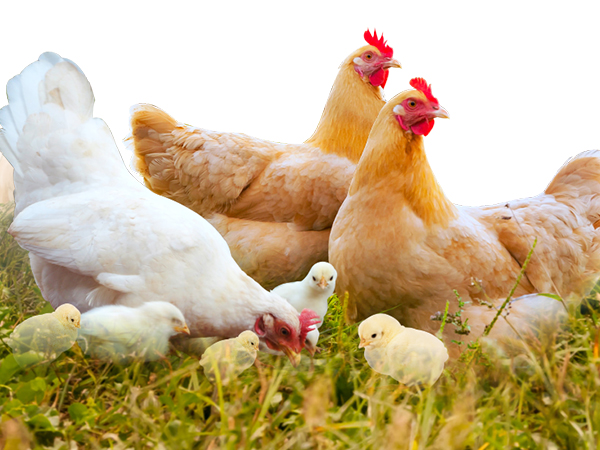Revolutionizing Poultry Farming: Embracing the Advantages of Poultry Battery Cage Systems
Revolutionizing Poultry Farming: Embracing the Advantages of Poultry Battery Cage Systems
Poultry farming has undergone a transformative journey, and at the heart of this evolution lies the adoption of battery cage systems. In this article, we explore the profound advantages outlined in two informative pieces, shedding light on how these systems are redefining efficiency and profitability in the poultry industry.
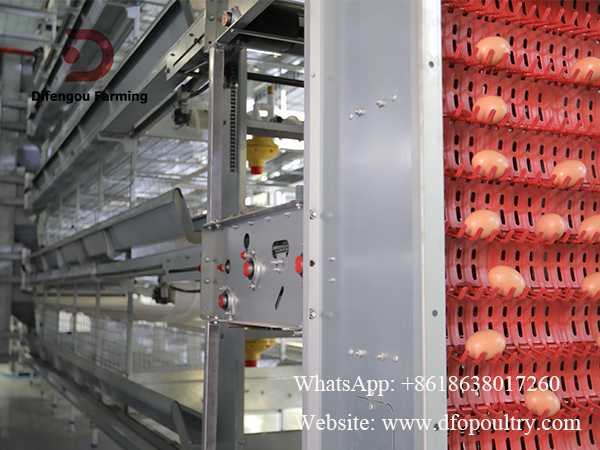
H-type poultry battery cage
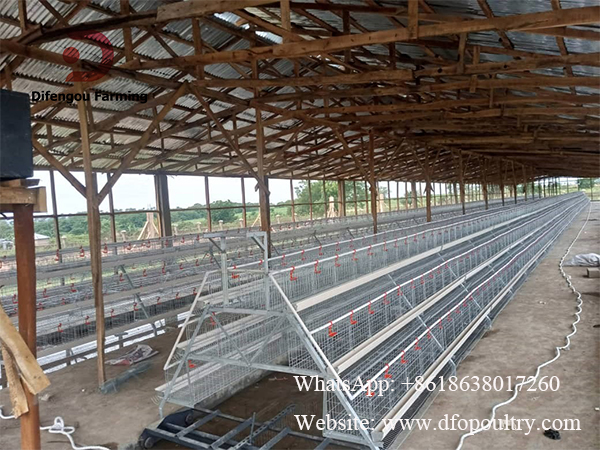
A type of poultry battery cage
1. Maximizing Space Utilization: Poultry Battery cage systems revolutionize the traditional notion of space in poultry farming. Unlike ground-based methods that limit chicken density to 5-6 per square meter, the vertical stacking of battery cages allows for efficient space utilization, accommodating up to 20 chickens per square meter. This not only optimizes space but also significantly reduces construction costs.
2. Labor Streamlining and Accessibility: A standout feature of battery cage systems is the automation that simplifies labor-intensive processes. With eggs rolling out of cages automatically, the need for manual collection diminishes. This not only boosts overall efficiency but also broadens accessibility to poultry farming, appealing to a diverse workforce that includes the elderly and women.
3. Waste Reduction and Energy Efficiency: Feeding chickens within battery cages minimizes waste by placing troughs strategically outside the cages. The controlled environment within the cages results in reduced chicken activity, lowering energy consumption and feed waste. This aligns with sustainable farming practices, emphasizing resource efficiency.
4. Robust Disease Prevention Measures: Battery cage systems play a crucial role in disease prevention by limiting contact between chickens and external factors. The systematic cleaning of accumulated manure further enhances flock health, reducing the need for extensive medication and improving overall disease resistance.
5. Efficient Management and Disease Detection: The cage structure simplifies chicken care and supervision, facilitating early detection of illnesses and preventing undesirable behaviors. This streamlined management approach significantly improves work efficiency compared to free-range systems.
6. Consistent Egg Production: Stability and high egg production are synonymous with battery cage systems. Controlled feeding environments, balanced nutrient intake, and optimized lighting conditions contribute to consistent laying rates throughout the year, ensuring a reliable and steady egg supply.
7. Temperature and Humidity Control for Optimal Conditions: Battery cages offer a controlled environment, allowing farmers to regulate temperature and humidity with ease. The high density of chickens generates sufficient heat, eliminating the need for additional heating equipment. This ensures standardized and favorable conditions for poultry year-round.
8. Scientific Feeding and Automation: Scientific feeding practices are seamlessly integrated into battery cage systems. External feeding, water supply, and egg collection maintain cleanliness and a tranquil environment. The incorporation of automated systems for feeding, egg collection, and environmental control further enhances efficiency, reducing overall breeding costs.
9. Preserving Egg Quality and Ensuring Safety: The design of battery cage systems minimizes the risk of egg breakage, as eggs are shielded from contact with feces. This not only ensures a higher-quality egg product but also simplifies the cleaning process, maintaining a hygienic and safe environment.
10. Safety Features for Optimal Functionality: Battery cage systems prioritize the safety of both chickens and farmers. Features such as adjustable welding density and reinforced wire contribute to the structural integrity of the cages, mitigating risks such as chickens getting entangled or injured. This emphasis on safety enhances the overall functionality and longevity of the system.
Conclusion: As the poultry industry continues to evolve, the strategic adoption of Poultry battery cage systems emerges as a beacon for sustainable and prosperous poultry farming. These systems, with their focus on efficiency, animal welfare, and economic viability, pave the way for a resilient and thriving future in poultry agriculture. The transformative impact of battery cage systems is not just a shift in methodology but a revolution in the way we approach poultry farming.

